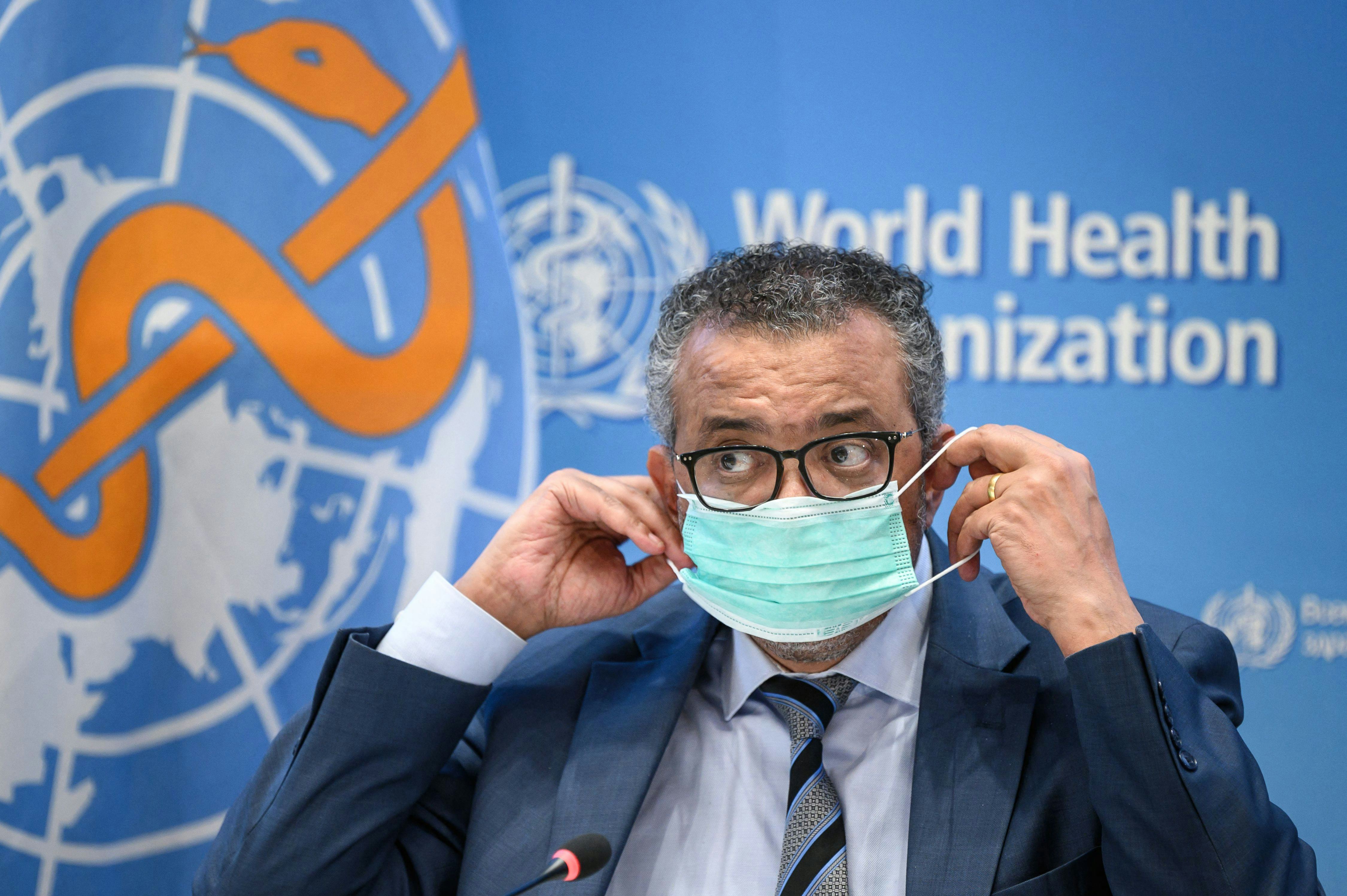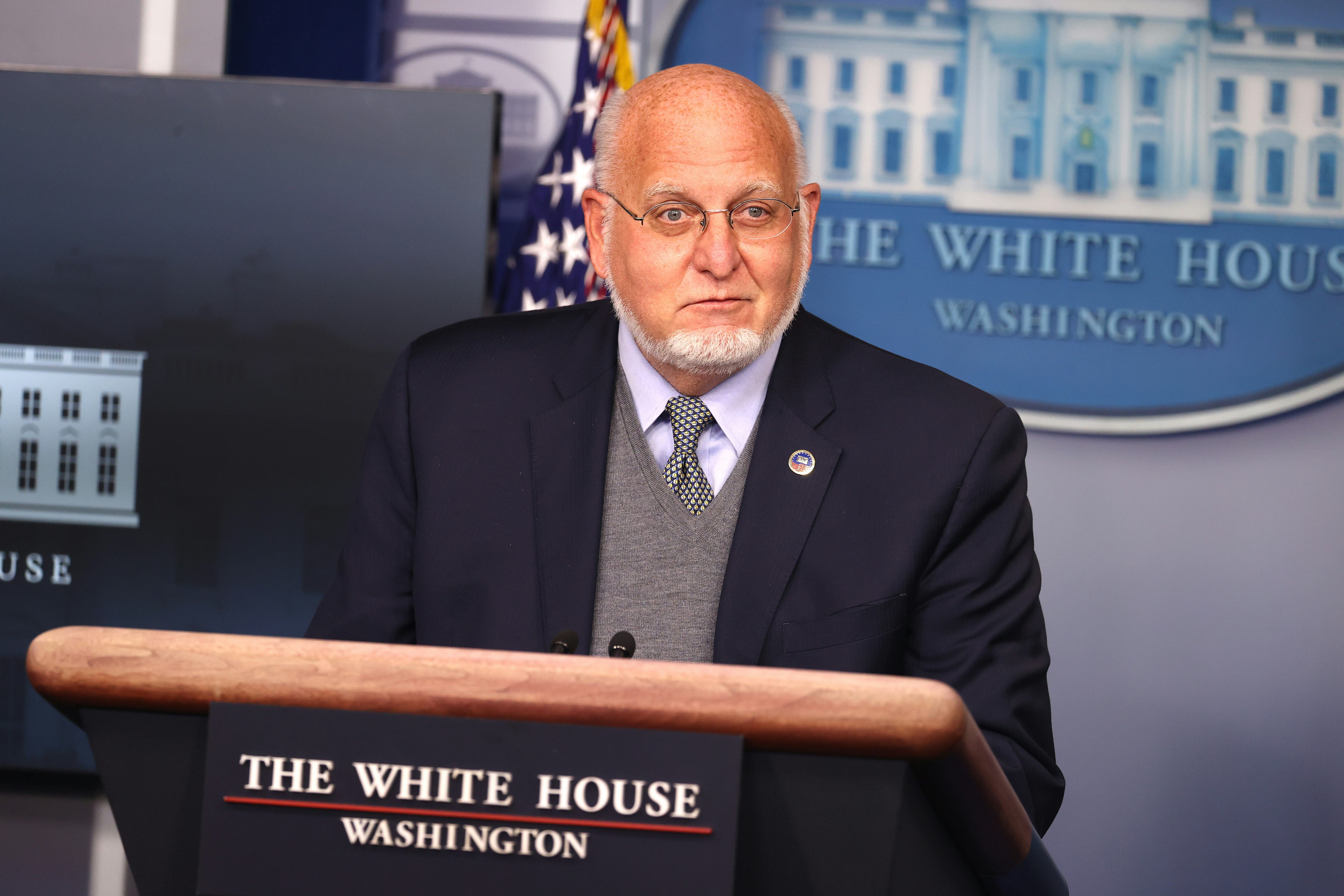
Throughout the pandemic, there has arguably been no bigger public health blunder than organizations like the World Health Organization (WHO) and the Centers for Disease Control confidently stating that SARS-CoV-2, the virus that causes Covid-19, is not airborne.
On Wednesday, Nature published a story exploring why it took the WHO two years to admit what some experts were asserting as early as February 2020: the novel virus is primarily transmitted via the inhalation and exhalation of aerosolized particles. When, in May of 2021, the WHO admitted that infectious particles could carry the virus for more than a meter and remain in the air, it had functionally been confirmed for nearly a year.
Nature’s piece cites several experts about if the WHO should have handled things differently and, strikingly, only a few of those experts cut to the heart of the issue: the importance of communicating uncertainty. It’s that discussion that’s vitally needed to ensure public health officials can rebuild trust with the public and avoid repeating the same mistakes the next time a novel pathogen surfaces.
“I really don’t think anybody dropped the ball, including WHO. So many assumptions that we had about this virus were proven false. We always, we always were learning new things,” Mitchell Schwaber, an infectious disease expert at Isreal’s ministry of health and an external advisor to the WHO told Nature.
But the issue is not that the WHO made incorrect assumptions about the virus, it’s that they made assumptions about it in the first place. It was a novel virus and there was no more legitimate time to let people know that public health officials won’t have all the answers right away. No reasonable person could expect that the WHO would be able to speak with 100 percent confidence about a virus that hadn’t existed only a few months before.
Yet that’s precisely what the WHO and CDC did: They spoke with complete confidence about how the virus was transmitted, all while evidence was piling up about the reality of airborne transmission.

There are a few reasons the CDC and WHO made this choice, and none of them good. First, they likely wanted to limit public panic. The idea of a novel, potentially lethal airborne virus is far from reassuring to the public. The obvious problem with this rationale is that if you are then proven wrong — as you may well turn out to be — you’ve lost a significant degree of credibility. The CDC and WHO should be in the business of providing the public with accurate health information; that includes what we don’t know as much as what we do. Paternalistic withholding of information is, frankly, insulting and has contributed to massive public mistrust in these organizations.
The second factor has to do with the reality of what airborne transmission means. An airborne (or aerosolized) virus requires precautions like N95 masks and negative pressure hospital rooms (rooms that keep contaminated air in the hospital room as opposed to leaking out) for maximum transmission mitigation, both of which were in short supply early in the pandemic.
While the CDC first explicitly stated that no one outside the healthcare industry needed to wear masks, in April 2020, they started recommending cloth masks. Cloth masks were not necessary because the virus is airborne, they said, but because it’s transmitted via large droplets produced when someone sneezes or coughs. Unlike smaller particles, large droplets don’t remain in the air very long but instead fall quickly to the floor. That’s also where the six feet away recommendation came from — they were operating from the assumption that these infectious particles could not travel more than six feet.
But neither your average cloth mask nor six feet away are sufficient for an airborne virus, something we knew at the time. Had these organizations simply allowed for the possibility that more extensive protections could be necessary, we could have saved ourselves a lot of ongoing hygiene theater and, more importantly, saved untold lives.
The last factor that likely contributed to the problem is the most craven: political and image concerns.
The Nature story quotes Christopher Dye, an epidemiologist who served as the scientific adviser to the WHO’s director-general until 2018. He says the organization received backlash for being overly cautious in 2009, during the H1N1 swine influenza outbreak that resulted in few lives lost. “WHO got hit hard for that,” Dye told Nature, explaining they didn’t want to repeat the mistake with SARS-CoV-2.
Of course, this is fundamentally the same problem as they had with Covid-19: overconfidence. There’s no need to project complete confidence in an assertion until you have the evidence to support it. You can just state what the evidence suggests at the moment and note that those guidelines could change as we learn more.
Mercifully, this is what Heidi Tworek, a historian and public-policy specialist at the University of British Columbia in Vancouver says towards the end of the piece.
“To say that COVID was definitively not airborne unfortunately meant there was a massive hill to climb to undo that,” noting that the WHO and other public health bodies should have underscored that because we were dealing with a novel virus, we wouldn’t have the full picture right away and that guidelines would inevitably change as we learned more. “And when they do,” Tworek told the publication, “it’s a good thing because it means we know more.”
Unfortunately, the WHO and CDC can’t go back in time and handle things correctly. But there are still valuable lessons for the next public health emergency: Don’t project confidence about a matter vital to public health when you don’t yet have the evidence to support what you’re saying. We’re adults, we can handle uncertainty. But if you tell us you’re 100 percent convinced of something one day and 100 percent convinced of the opposite the next, it’ll be even harder for us to trust you the next time you need us to.







